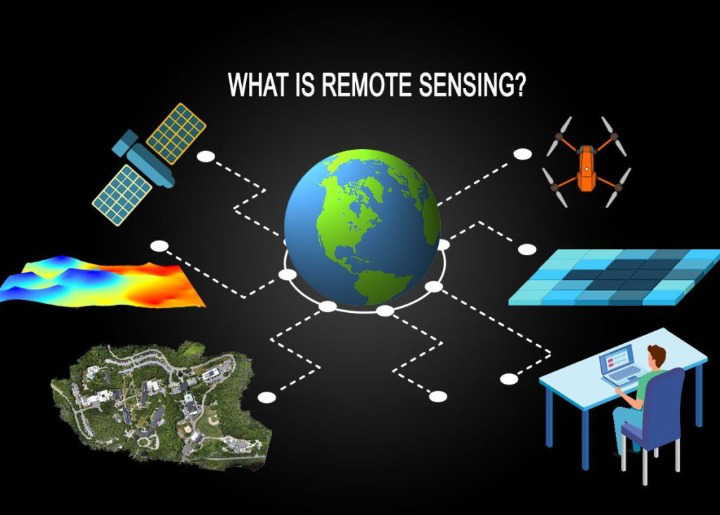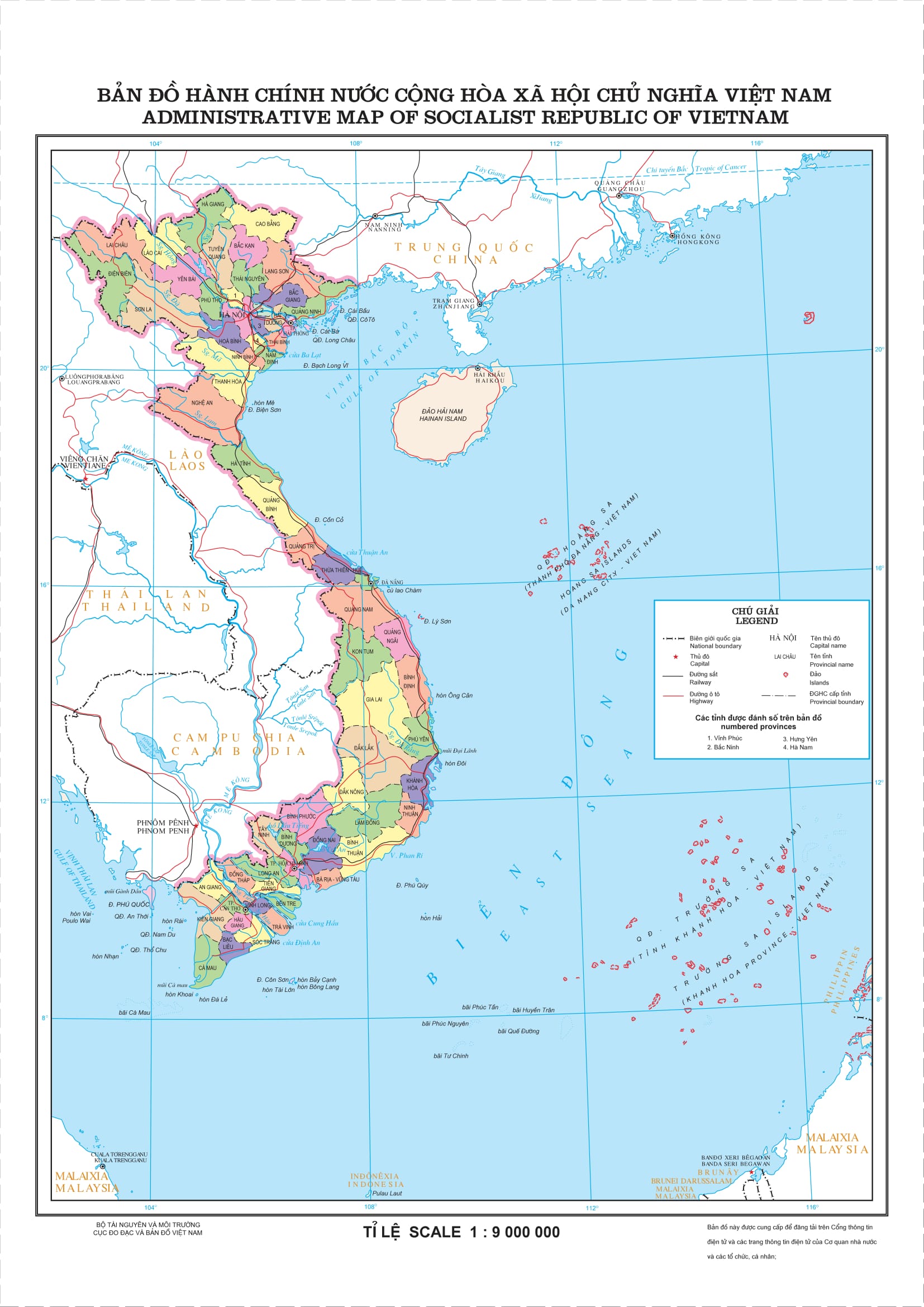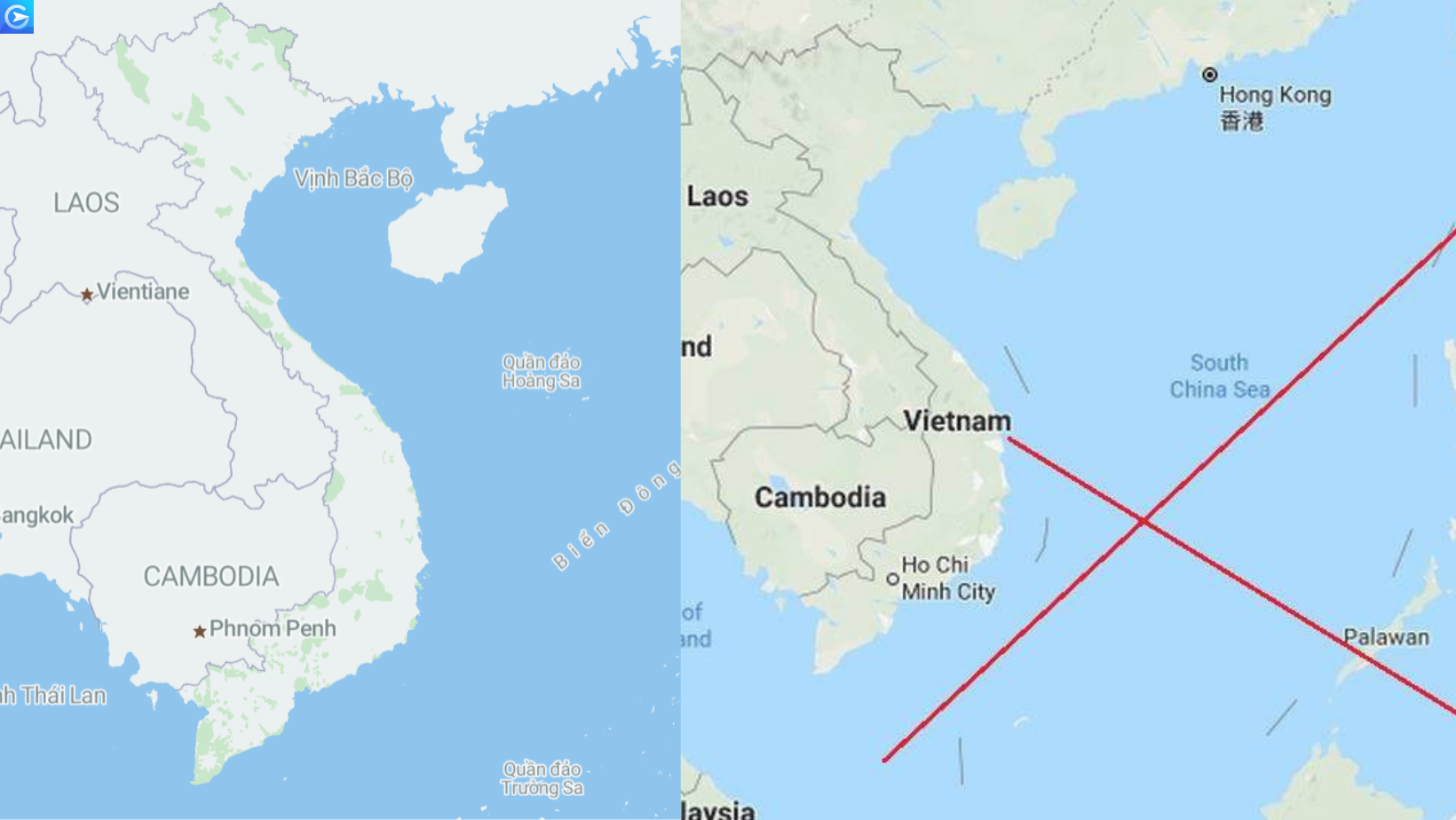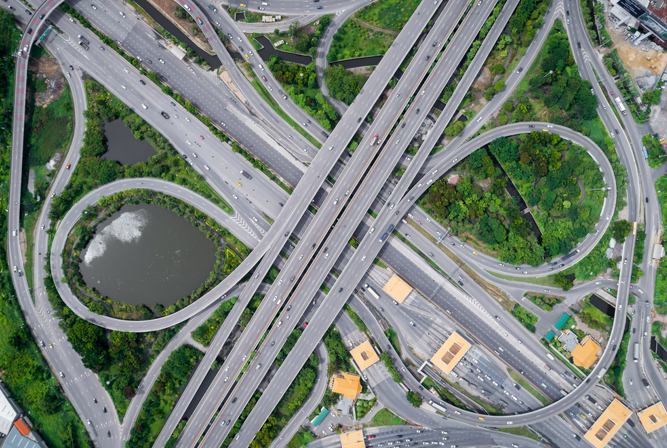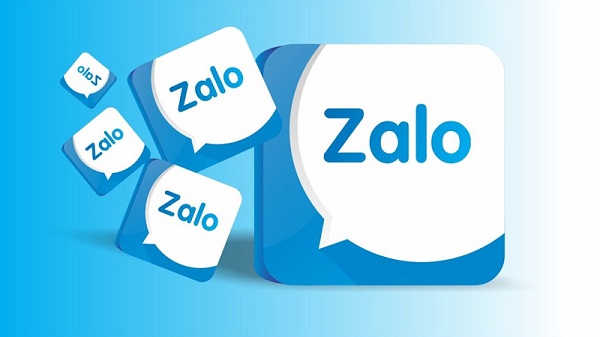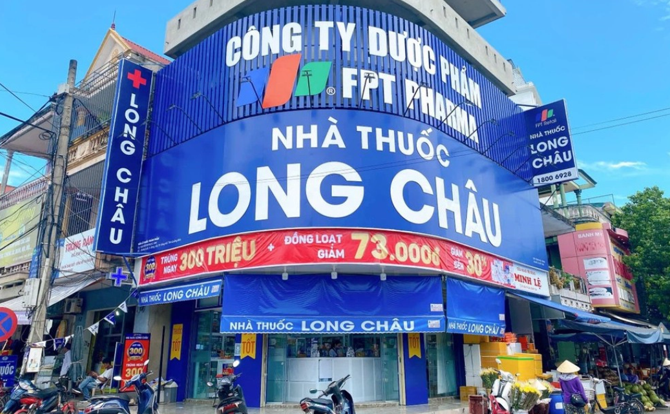In the logistics industry, integrating Maps API (Application Programming Interface) is an increasingly popular trend. With the integration of Maps API into the logistics system, businesses can leverage geographic data to improve the transportation of goods.
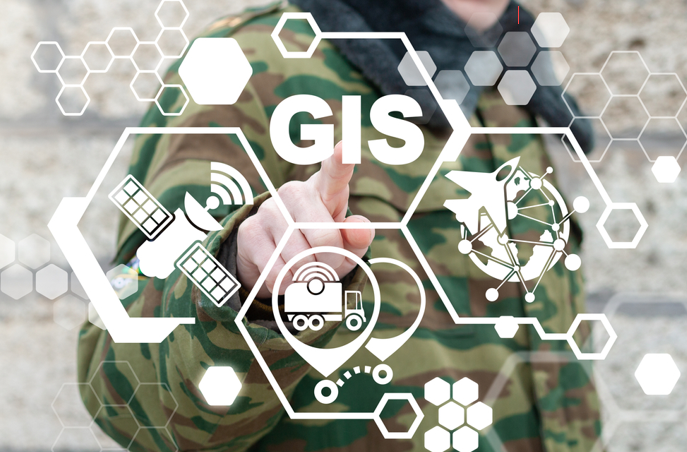
I. API OVERVIEW
API stands for “Application Programming Interface”, ie application programming interface. This is a means for two or more applications to exchange and interact with each other, in order to make the interaction between users and applications more optimal and effective.
With API, programmers can access and retrieve data from the server to display them on their software application or website more easily.
With API, programmers can access and retrieve data from the server to display them on their software application or website more easily.
Imagine: Let’s say you are writing a freight forwarding application for a smartphone and you want your application to be able to link and exchange information, data from another software/application or even a feature. /more advanced apps. All of that is possible by APIing your application with that software/application through an algorithm, aka a “key”.
How API works
In simple terms, an API is an interface that allows an application to communicate with other applications through one or more different commands. These commands can be sent, formatted, and data retrieved through different APIs, but will still follow some general rules and regulations.
The API interface works by superimposing Server Side Scripts, Classes, and Functions. This interface will perform more granular tasks, allowing external and internal applications and scripts to make API requests to notify the server to perform certain tasks.
II. WHAT IS MAP API? OVERVIEW OF GOONG MAP APIs
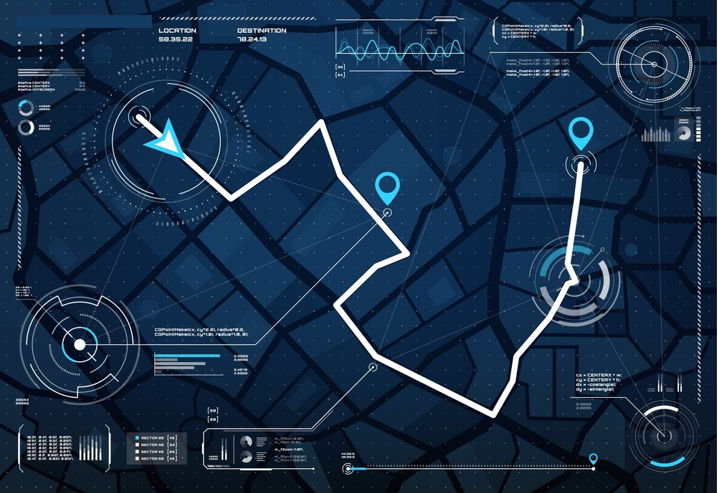
(Location and navigation APIs are integrated into many logistics solutions)
Maps API is a method that allows a website B to use the map service of website A (called Maps API) and embed it on its website (site B). Site A here is Goong maps, site B is individual websites or organizations that want to use Goong’s services (hover, room, mark on the map …)
Applications built on maps are embedded into personal web pages via javascripts tags so using Goong’s API is very easy. Currently Goong Maps API has support on all traditional desktop platforms, mobile devices; applications faster and more
Users can access and exploit Goong’s database describing locations, addresses, and traffic in Vietnam through APIs:
Geocode/ Reverse Geocode: Convert from coordinates to places or vice versa
Autocomplete: Automatically complete/recommend users with addresses/places
Routing: Calculate route and distance with various routes.
Distance Matrix: Calculate route and distance with multiple end points.
Map View: The map is fully displayed and user-friendly.
Map SDK iOS: Software Development Kit on iOS.
Map SDK Android: Software Development Kit on Android.
See related article: https://goong.io/tin-tuc/top-4-loai-map-api-tot-nhat-tai-thi-truong-viet-nam/
III. TENDING TO Integrate MAPS API into LOGISTICS operations
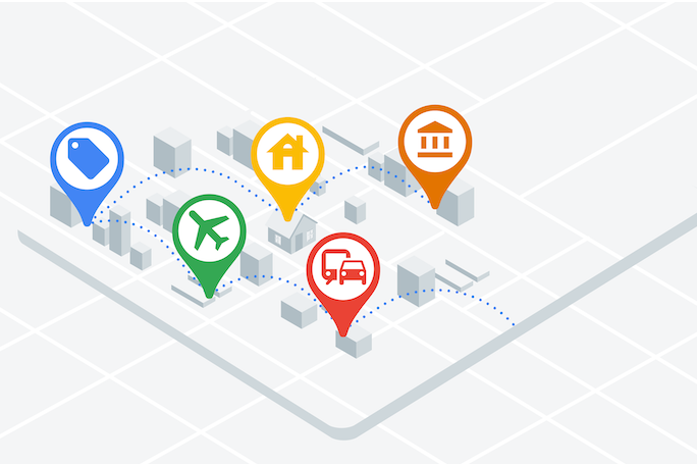
(Maps API supports positioning and route optimization in logistics)
Logistics, also known as the supply chain, can be understood simply as the operation of the service chain from the pre-production stage until the goods reach the final user. Logistics activities are closely related to transportation, warehousing, forwarding and other administrative procedures…
Logistics is also considered the backbone of the economy, it is the factor that helps to expand the business market. Along with the rapid development of digital technology, maps API has been integrated into platforms across all different fields, Logistics is one of them. With Logistics, Maps API is considered a decision support tool for operational planning. So how is the Maps API applied in logistics?
Specifically, Maps API allows the combination of other data sources such as images, maps, geographic data, applications, etc., contributing to research the most optimal route, minimizing costs, and analyzing routes. Transportation routes are susceptible to obstacles, allowing alternative route options, finding favorable locations for logistics centers and warehouses.
Besides, the MAPs API also supports well in helping businesses optimize delivery and service routes, find the shortest and most suitable route. Thereby, the delivery staff can base on the actual situation to adjust the route more reasonably, limit delays, ensure the delivery fleet goes on the right route, stabilize the schedule and achieve efficiency. High.
See more about the application of maps API in logistics, transportation to end users at: https://goong.io/tin-tuc/be-da-ung-dung-goong-map-vao-tren-he- easy-to-do/
In particular, the MAPs API is also used in the field of road traffic to help plan routes, maintain infrastructure, model traffic, analyze accidents …
Thus, at the present time, the MAPs API is playing an important role in supporting the planning of warehouse systems, logistics centers, connecting modes of transport and transport infrastructure, offering options and Implementation plan in Logistics operation.
As a fairly new unit in the field of providing API maps, GOONG is constantly learning, researching and improving the quality of its services, offering the most optimal products to meet the increasing demands on the world. all areas in order to bring practical value to support the increasingly strong development of the economy in general and the logistics industry in particular. Learn more about Goong at: https://goong.io/
geocode, Goong, logistics, maps api, routing, integration
 23/04/2023
23/04/2023 


